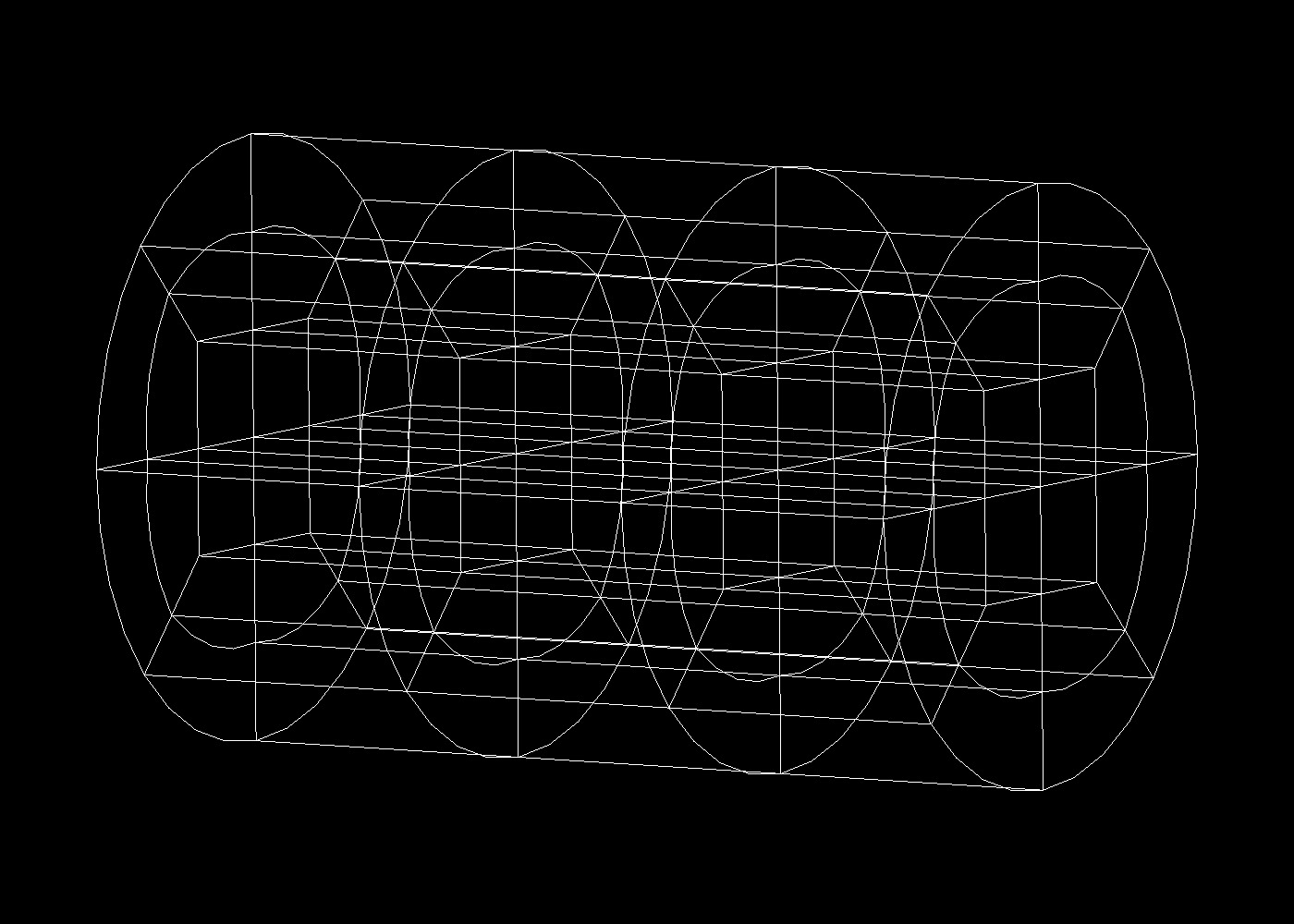This example demostrates Poiseuille flow in a tube. The Navier-Stokes equations are solved in a multi-block mesh of the tube. The velocity uses triquadradtic-Lagrange elements and the pressure trilinear-Lagrange elements. Residual base stabilisation is used. A CellML model is used to specify the time-varying Poiseuille flow input velocities.
Python version:
source /path/to/opencmisslibs/install/virtaul_environments/oclibs_venv_pyXY_release/bin/activate cd ./navierstokes_poiseuilleflow/src/python python src/python/poiseuille.py
Up to four command line arguments can be specified. They are (in order): * number of square elements in the multi-block mesh * number of arm elements in the multi-block mesh * number of length elements in the multi-block mesh * the Reynolds number * the maximum input flow velocity * the start time * the stop time * the time step
Results can be visualised by running visualise.cmgui with the Cmgui visualiser.
The expected results from this example are available in expected_results folder.
There are no additional input files required for this example as it is self-contained.
License applicable to this example is described in LICENSE.
